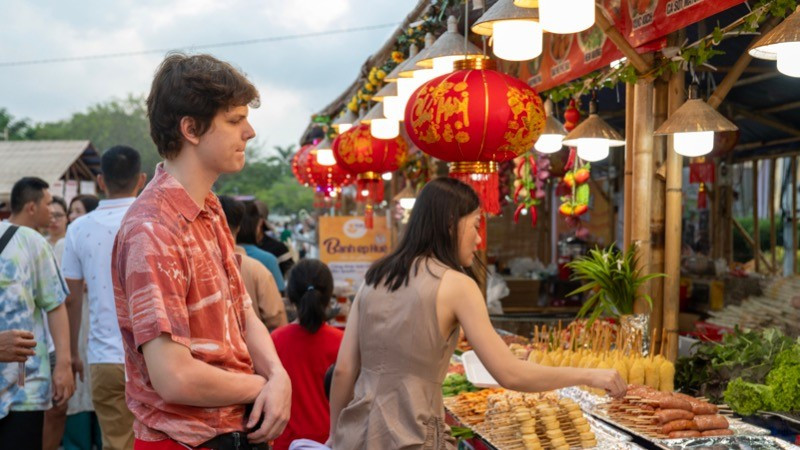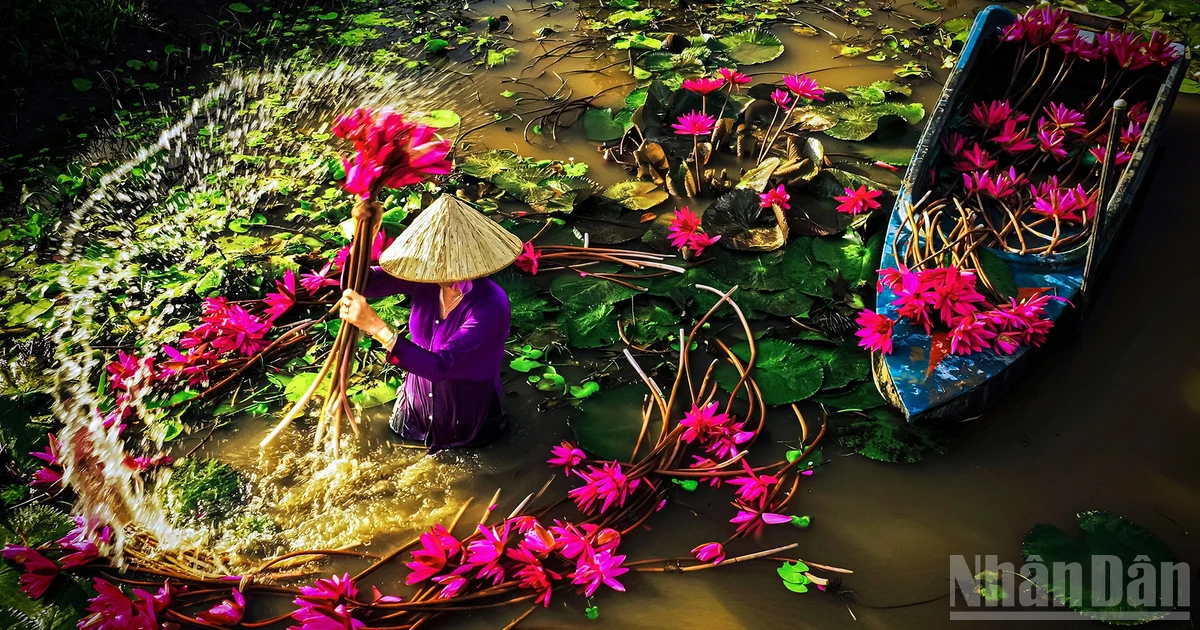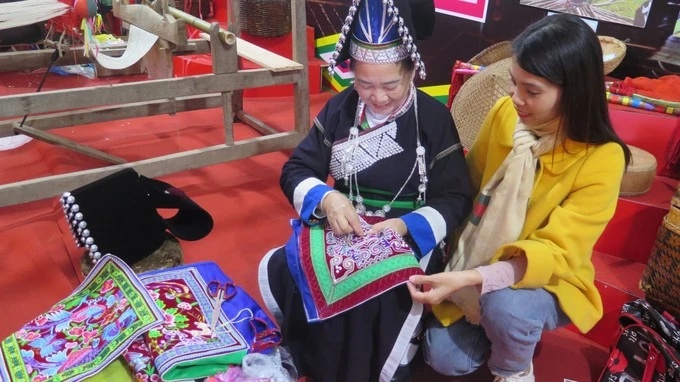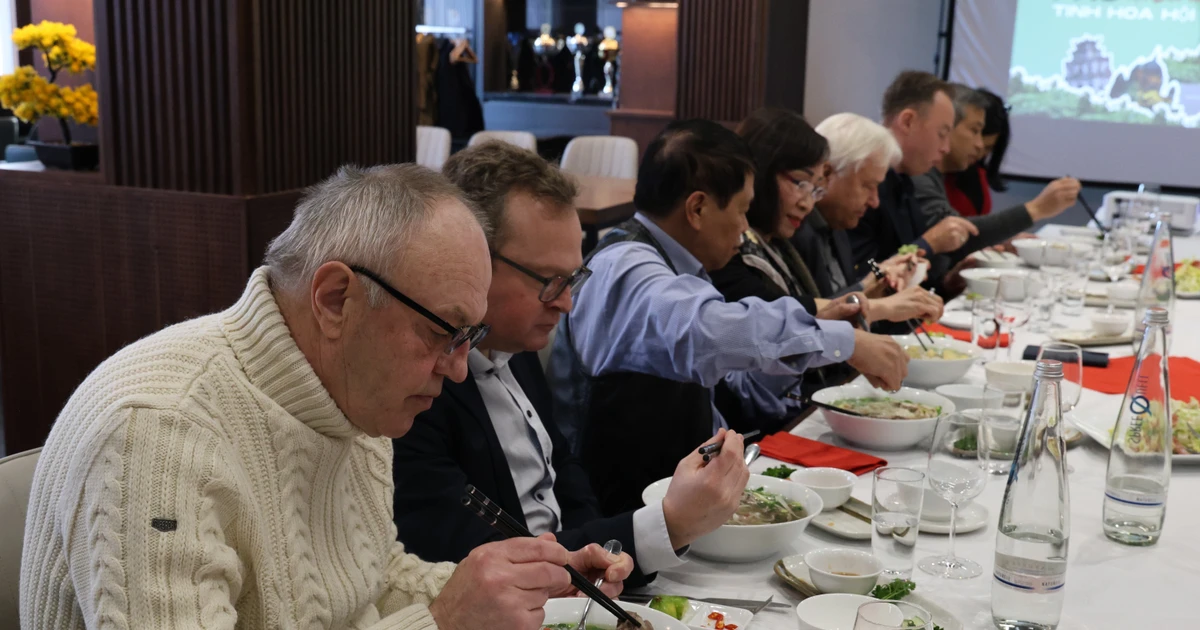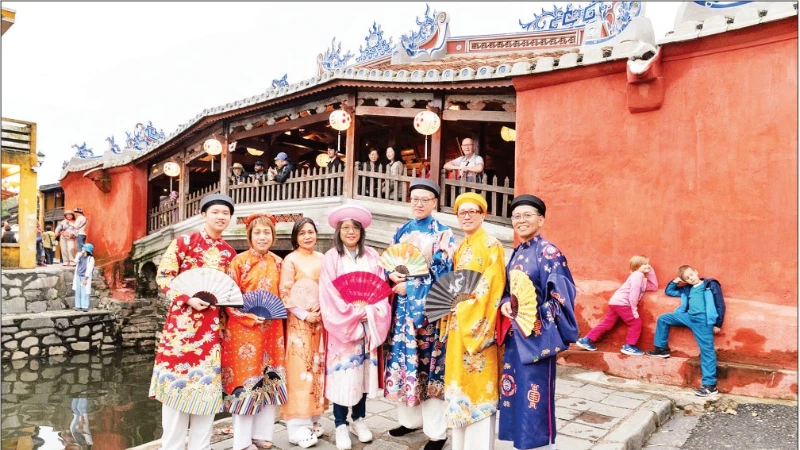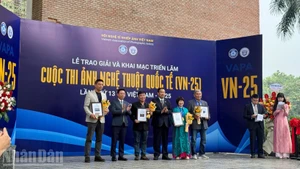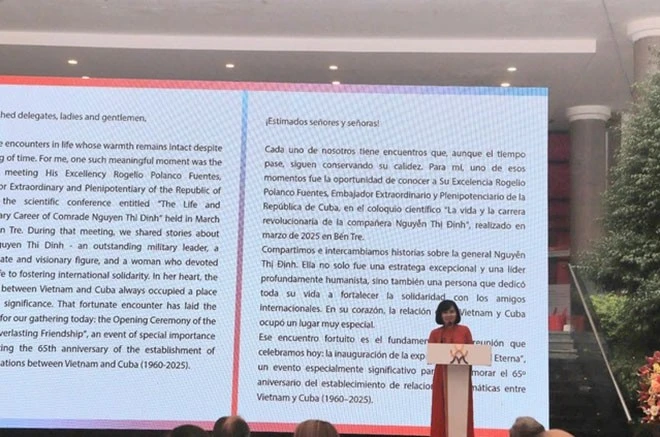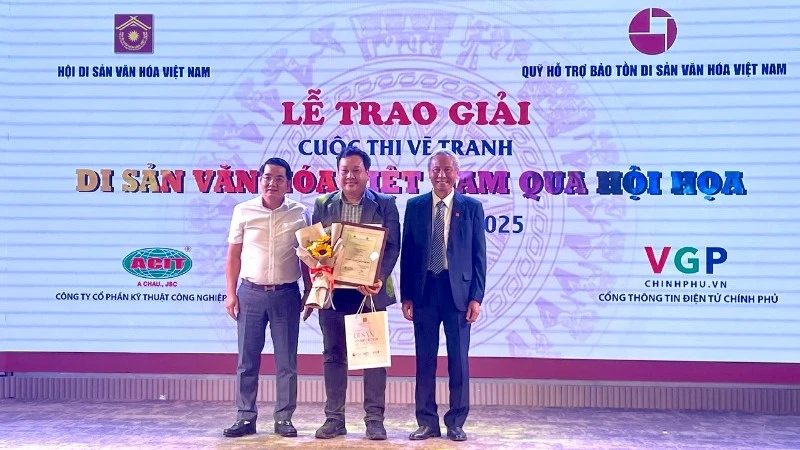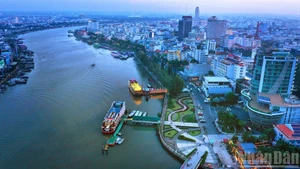Food has long been an integral part of tourism, but since the early 2000s, it has been elevated into a distinct form of travel – culinary tourism.
According to the Hue City Department of Tourism, culinary tourism has undergone three distinct phases of development. The period from 2001 to 2012 marked the formation and definition of the concept. Between 2012 and 2018, countries such as Thailand, Indonesia, and Spain began integrating culinary tourism into their national strategies. From 2018 to the present, the sector has seen an explosion in interest, with food tours, culinary festivals, promotional campaigns, and tourist spending all surging, bringing significant economic value to destinations.
For Hue – a land rich in culinary traditions, particularly the royal cuisine of the Nguyen Dynasty – this presents an opportunity to leverage its unique strengths. Many visitors are drawn to Hue to savour the authentic flavours of local specialties such as com hen (clam rice), bun bo (beef noodle soup), Hue-style cakes, and sweet soups.
What international visitors appreciate most are the taste, freshness, ambience, and friendliness. Domestic tourists value the sophistication, variety, and reasonable prices. Beyond tasting, many also join cooking tours to gain deeper insights into the art of preparing Hue’s traditional dishes.
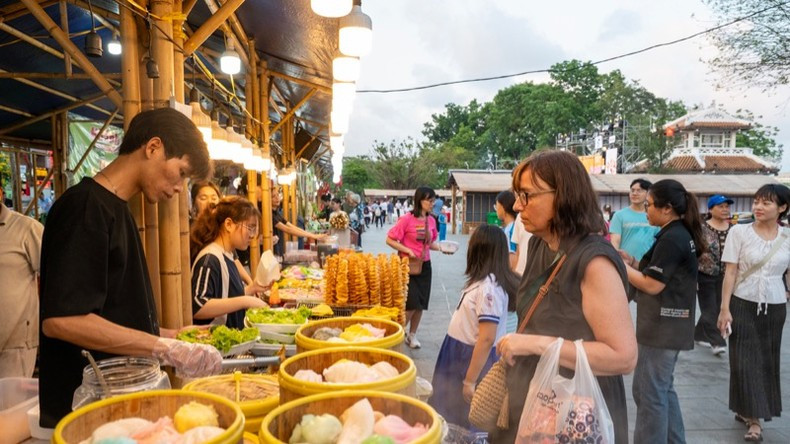 |
| Visitors took part in the “Hue – Capital of Gastronomy” programme held from April 29 to May 2 at Thuong Bac Park in Hue. |
However, according to Tran Thi Hoai Tram, Director of the Hue City Department of Tourism, culinary tourism in the central coastal city still faces many challenges: certain culinary cultural values are being distorted or fading; products often lack creativity and are overly commercialised, while service quality remains inconsistent. Moreover, Hue’s gastronomy has yet to be fully promoted as an independent tourism product, often being subsumed under broader tour packages, which limits its full potential.
To address these shortcomings, Hue has launched the initiative “Hue – Viet Nam’s Gastronomic Capital: A Delightful Experience”, setting a clear direction for the systematic development of culinary tourism.
The plan includes: building brand identities for different culinary styles in Hue (royal, folk, vegetarian, street food and lagoon cuisine); designing a visual identity for Hue cuisine and certifying standardised restaurants; encouraging the revival of heritage dishes; organising dedicated culinary tours and events such as festivals, seminars, chef competitions, and vocational training programmes.
In addition, the city focuses on preserving and promoting culinary values through media campaigns, raising public awareness, and fostering domestic and international cooperation to promote Hue cuisine more effectively and professionally.
Authorities are also working to compile a heritage dossier for royal cuisine and revive dishes from “Thuc pho bach thien” — a poetic cookbook featuring 100 dishes which was composed by a high-ranking royal woman in the late 19th century. They plan to host festivals in unique culinary settings, and digitise Hue’s cuisine in 3D to support long-term promotion and preservation. These are all steps towards joining UNESCO’s Creative Cities Network in the field of gastronomy.
Tram emphasised that building the “Hue – Capital of Gastronomy” brand is not only a tourism development strategy but also a commitment to preserving and promoting the cultural heritage of the former imperial capital. However, for the brand to gain widespread recognition and long-term sustainability, it requires close coordination between local authorities, businesses, and the community.
“From humble everyday dishes such as com hen, bun bo, banh beo, banh nam, and banh loc to the elaborate royal offerings like nem cong, cha phuong, or bat buu, each dish embodies the soul of Hue – serene, elegant, and steeped in identity. With delicacy in preparation, harmony in flavour, and elegance in presentation, Hue’s cuisine is not merely food, but a story of history, culture, and the people of Hue,” Tram said at the opening ceremony of the “Hue – Capital of Gastronomy 2025” programme.
